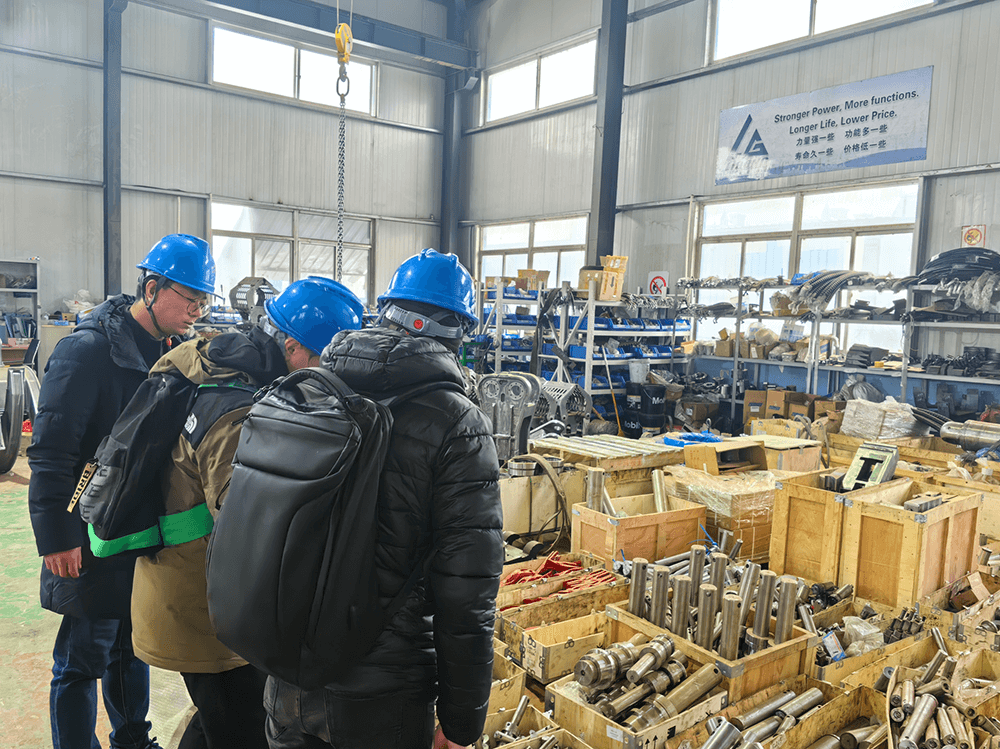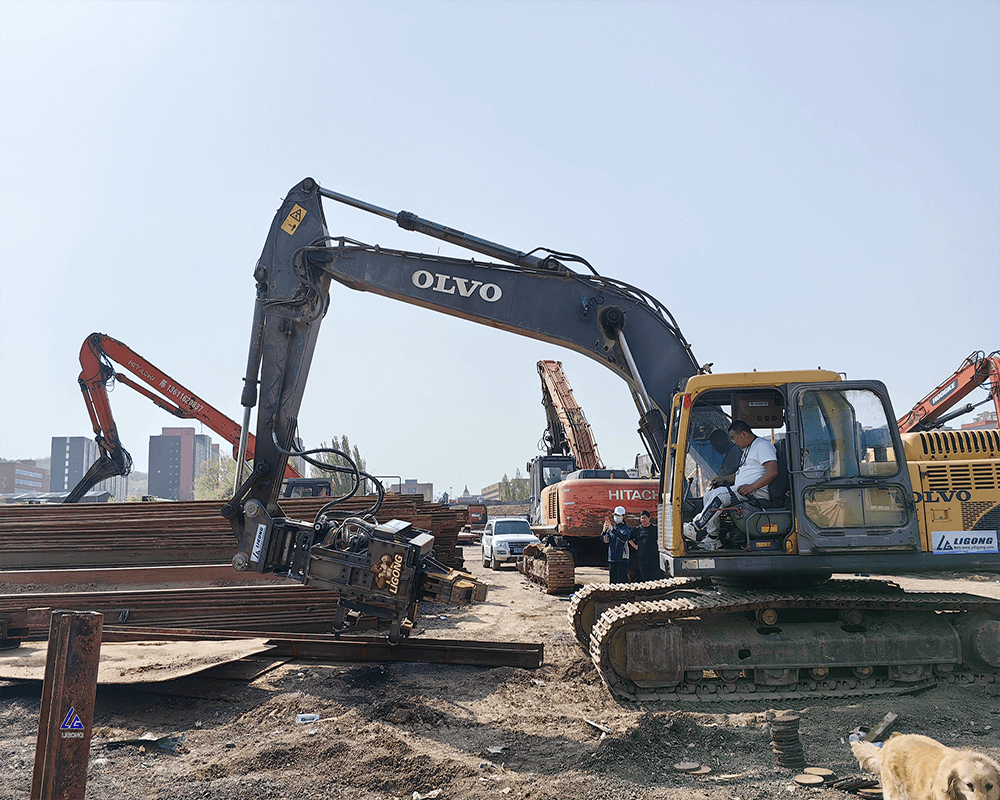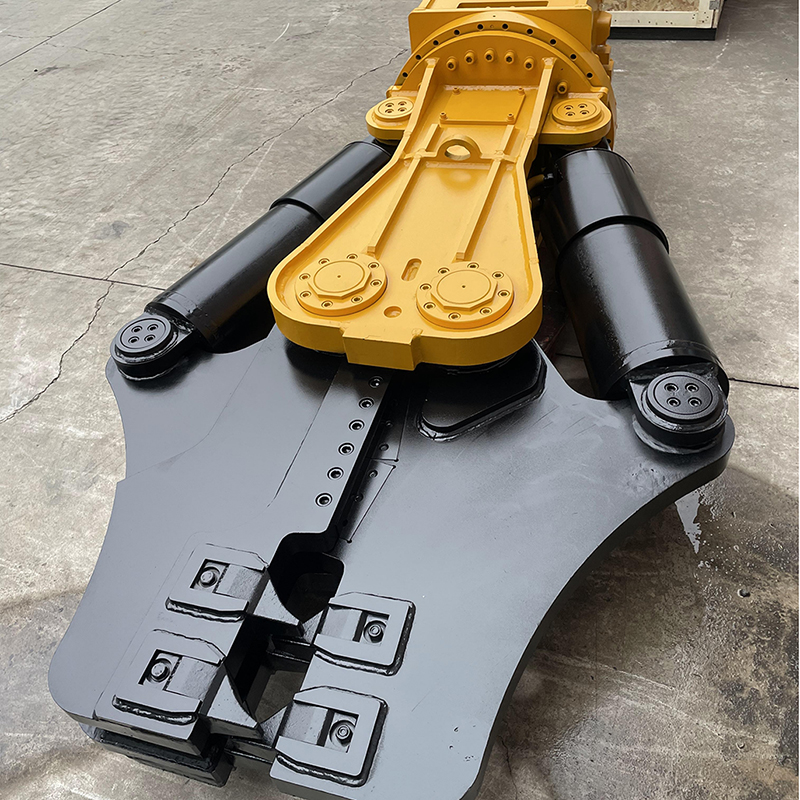Check how to use your breaker right
To maximize the efficiency and longevity of LG hydraulic breaker, it's essential to follow proper operation guidelines.

Here are some key tips:
Principles of Breaking
Choose the correct tool for the job:
Penetrative Breaking: Use a moil point or chisel tool for soft, layered, or plastic materials.
Impact Breaking: Use a blunt tool for hard, brittle, and abrasive materials. Avoid using a point tool in hard materials as it wears quickly.
Operator Guidelines
1.Avoid Blank Firing Blank firing occurs when the tool fires without material beneath it, causing unnecessary wear. Always ensure the tool is in contact with the material before firing.

2. Work in Short BurstsUse the breaker in short bursts of 15–30 seconds to prevent heat buildup and warping. Reposition regularly to maintain effectiveness.

3.Operate Perpendicular to Material Maintain a 90° angle to the surface to avoid side loading, which can accelerate wear.
Start breaking large objects from the edges, working inward.

4.Do Not Use as a Pry Bar Avoid using the breaker tool to pry material into position, as this causes damage and premature wear. Never attach a cable or sling to hoist loads.

5. Never Use In or Under WaterWater penetration can cause pressure waves, damaging the breaker’s internal components.
6. Always keep the breaker dry to avoid rust and hydraulic system contamination.

Proper Storage
Store the breaker correctly to maintain its condition:
- Store in a climate-controlled environment if possible.
- Cap all hydraulic ports.
- Coat bare metal surfaces with an anti-corrosive agent.
Additional Guidelines
- Never lift the carrier off the ground using the attachment.
- Ensure the head can move freely.
- Avoid contact with trench walls.
- Wear protective eyewear and ensure a protective screen for the operator.
By adhering to these operational guidelines, you can ensure safe and effective use of your hydraulic breaker, reducing the risk of damage and extending its service life.













